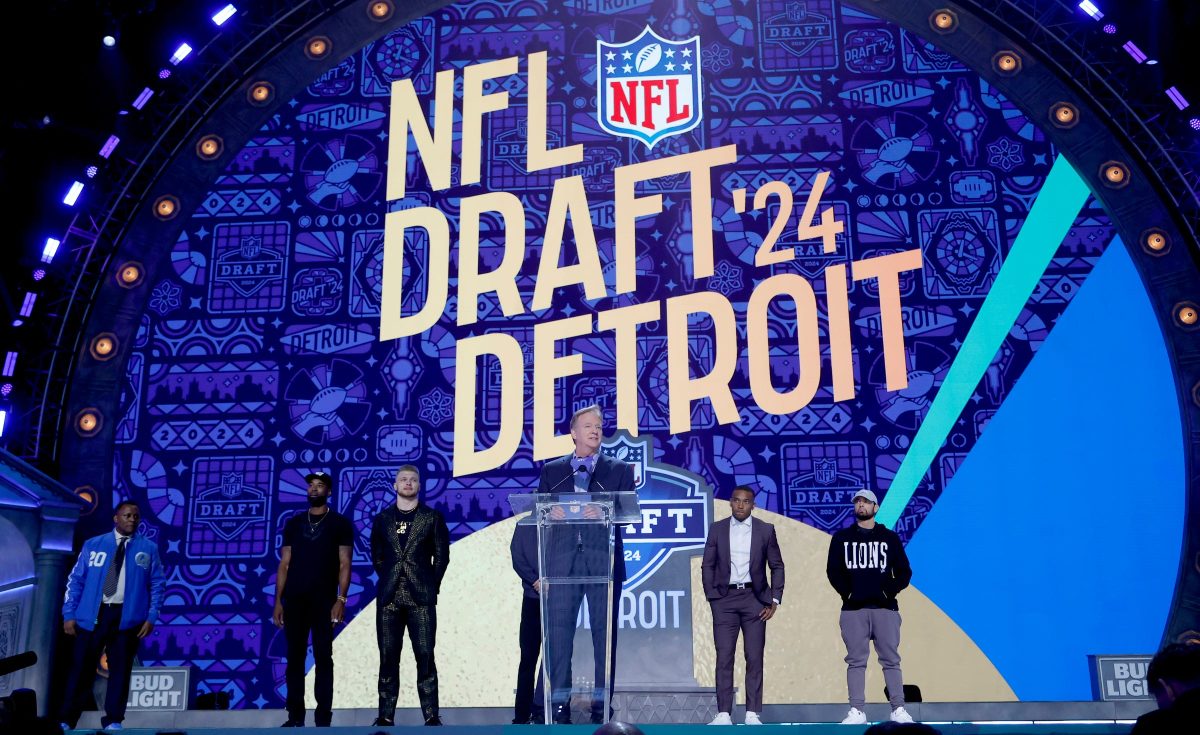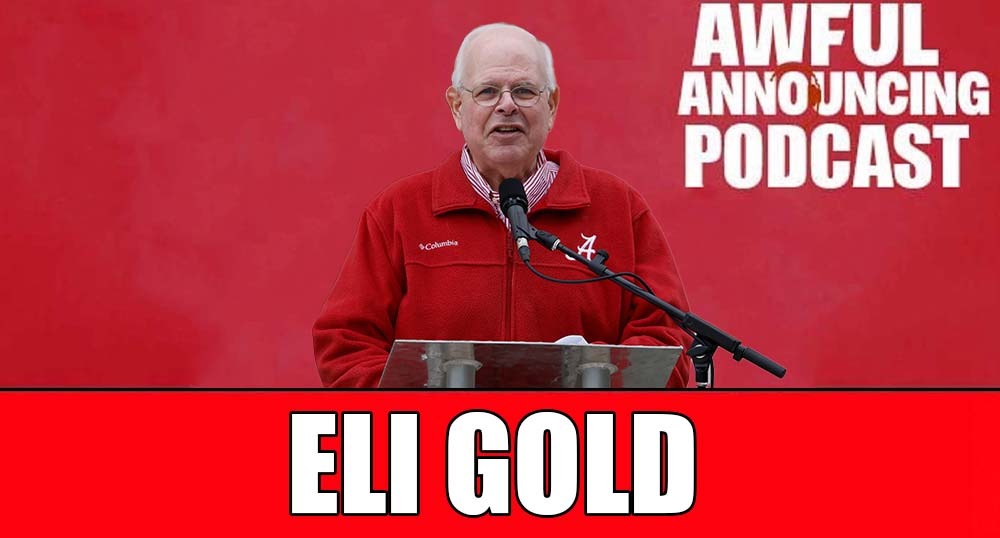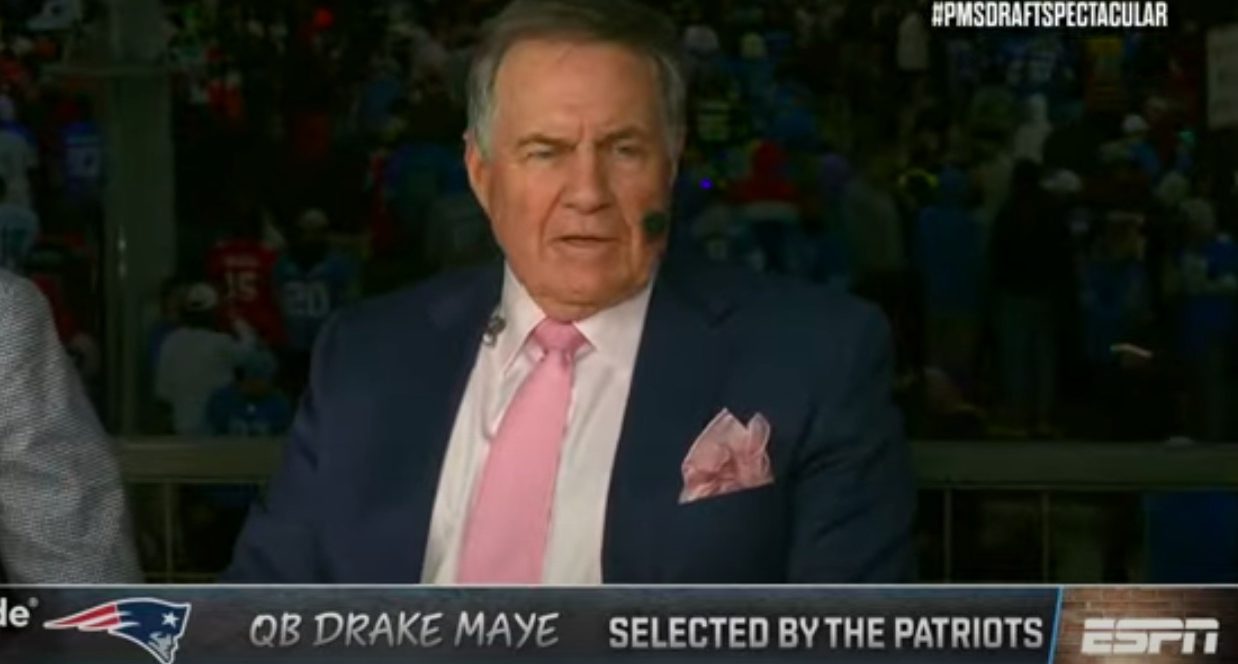Ed Note: This post appears courtesy the National Sports Journalism Center.
It is inevitable that Ken Burns’ name would be brought up during the course of a conversation with Ross Greenburg on documentaries.
“He is the master,” Greenburg said. “I don’t have the same moniker that he has, but I like to think we have similar styles.”
I quickly had to throw a flag on Greenburg for being overly modest. When it comes to sports TV, and especially sports documentaries at HBO, Showtime, NBC and elsewhere, he has 52 Sports Emmys that show the Ross Greenburg name is a strong moniker in this business.
“Thanks, I appreciate that,” Greenburg said.
That begs the question: What does one do with 52 Emmys? Build a separate warehouse?
Greenburg laughed, “I have half at home and half at the office.”
Greenburg could be in line for a 53rd Emmy — or at the very least a nomination — with his latest documentary. “Forgotten Four: The Integration of Pro Football,” premieres at 8 p.m. (ET) Tuesday on EPIX.
While everyone knows the tale of Jackie Robinson, Greenburg’s film tells the little-known story of the four African-American men, including Hall of Famers Marion Motley and Bill Willis, who re-integrated pro football in 1946. There were African-American players during the early days of the NFL. However, the league, like Major League Baseball, had “a gentleman’s agreement” making it all white, beginning in 1933.
It is a visually striking film that features compelling inside accounts from the children of the four men. It also tells the role Paul Brown played in breaking the color barrier. Greenburg calls him “the Branch Rickey of pro football.”
“Forgotten Four” is an important history lesson told through the perspective of sports.
The film gave me the chance to explore Greenburg’s approach to sports documentaries and why they are more popular than ever.
Q: How did “Forgotten Four” come about?
Greenburg: A year ago, Wes Smith, my co-executive producer, said we should look at African-Americans in pro football from 1900 through 1950. During the course of the discussion, Wes said, “You know, 1946 was the year they re-integrated pro football.” I went, “What? You’re telling me the re-integration of pro football happened the year before Jackie Robinson made his debut with the Dodgers?”
After I picked myself up off the floor, I said, “There’s our documentary. We’re going to tell the story of these forgotten players.”
Q: What light bulb needs to go on before you go ahead with a documentary?
Greenburg: You have to find a story with a beginning, middle and end. In this case, I knew there were African-American players (during the early days of NFL). I knew the owners conspired to restrict them from playing. What I didn’t know was, what happened after that?
I also look for stories with high drama that have a protagonist and an antagonist. In this case, (Washington owner) George Preston Marshall was the antagonist (for being behind the ban). The protagonist was Paul Brown, who never had been given the credit for his role. All the pieces were in place to develop an excellent story.
Q: How important was it for the film to get the inside stories from the players’ children?
Greenburg: I knew this was a character-driven story. This wasn’t a story about black and white. It’s about people. Their involvement was critical. You not only had first-person accounts, but you also had these ties to the players. (Bill Willis’ sons) are clones of their father character-wise. You could see their grace and dignity. It gives you a better understanding of Bill Willis.
Q: What documentaries work best: Stories on familiar people and events or the more obscure, like the “Forgotten Four?”
Greenburg: I’ve done both. We’ve done films on the 1980 U.S. hockey team, the 1999 U.S. Women’s World Cup, the 2001 World Series (after 9/11). Those moments were great common denominators for people. Reliving them 10-20 years later, you are able to see the stories that surrounded them.
I like to mix it up. One time, I just called up Steve Sabol. When he picked up the phone, I didn’t say hi. I just said, “Lombardi.” He said, “Done, let’s go.” We were like brothers. We knew each other’s sense of story.
Who didn’t know about Lombardi, but did we really know who he was? There’s a generation out there who only knows that his name is on a trophy.
You shouldn’t confine yourself to 30 years of history. Not to denounce what ESPN does (“30 for 30”), they do a great job, but there are so many stories prior to 1980. I’m going to dig deeper in that treasure chest. If it is a great story, it’s evergreen.
Q: Why are sports documentaries so popular now? The whole concept of watching a long film on sports history seems to run counter to the short-attention span, need-latest-information-now media age.
Greenburg: The reason why people gravitate to them is that it gives you an understanding of who are you are. For the most part, these films place you back in your childhood. For example, Vince Lombardi. You lived it, but you never analyzed him.
There’s also a generation of kids, the young demos, who love documentaries. They go to school every day and get history hammered into them. It can be dry for them. In this case, you have sports, which they watch on a daily basis. These films not only entertain them, but they give them an understanding of history in a world they love.
Most of my sports documentaries are mini-American history classes. They’re like the best college class they can have.
Q: What do you hope people get out of “Forgotten Four”?
Greenburg: We want them to get their just due. In many ways, they had it harder than Jackie Robinson. They played a brutal, physical sport. They were getting pounded on every day by their opponents and their teammates.
They were socked with horrible racism. We showed how (Motley and Willis) were prohibited from joining the Browns on a trip to Miami because there were threats that they would be shot.
I have a lot of respect for Jackie Robinson. (The film discusses) how Americans love to talk about “the one.” Whether it was Robinson, Muhammad Ali, Arthur Ashe. — they all were great men, no doubt.
However, the re-integration of the NFL and the fact that there were four players confused film-makers for so long. But really, it was easy to tell the story of these four heroes.







Comments are closed.